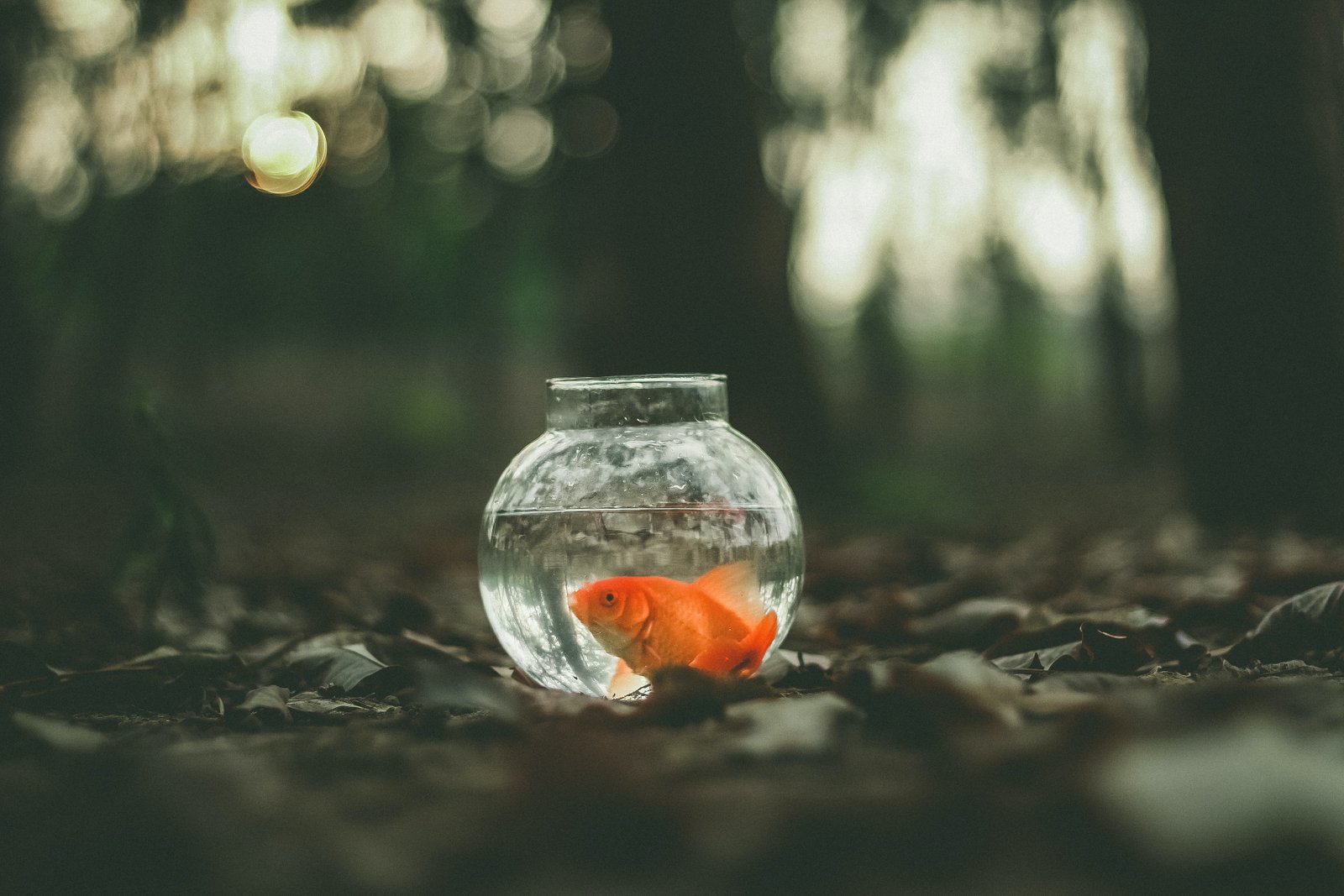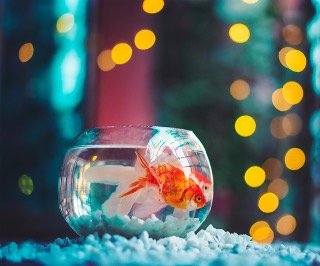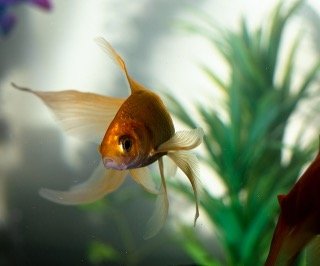
Introduction
When waiting for their next meal, goldfish are typically humming with activity and swimming around the tank with joy. This makes it worrying when we discover our goldfish dormant and laying on the tank’s floor. It is important to not ignore this unusual goldfish behavior. One of the initial indications that a goldfish is unwell or unhappy is generally bottom sitting. Ignoring this habit may cause your goldfish’s health to deteriorate or possibly result in their death.
Regardless of whether a disease is present, it is preferable to identify the problem’s root cause. Bottom sitting always has an underlying cause, and if it is identified early, your goldfish has a better chance of making a full recovery.
Causes of Goldfish Bottom Sitting (with Solutions)
- Stress A stressed goldfish will often feel unwell and drowsy. Goldfish that are under stress may have their fins partially clamped and remain motionless in the aquarium. This behavior often lasts just a brief period of time and may be accompanied by irregular swimming followed by an abrupt change to bottom-sitting. Your goldfish may be agitated for a number of reasons, including living in a bowl or another small, spherical aquarium, having unsuitable tankmates, or having unclean water.
Solution: Maintain tranquility around the tank and make sure your goldfish are housed in a sizable, conventional, rectangular tank. To keep the water clean, constantly replacing it.
2. Disease
An underlying disease is one of the most typical explanations for a goldfish bottom-sitting. There may be a sizable number of diseases, illnesses, or problems here that are sometimes difficult to diagnose in the beginning stages. You should act right away if your goldfish exhibits any symptoms of a sickness.
Solution: Make sure you regularly examine your goldfish for any signs of illness. White spots, ripped or jagged fins, sunken or rounded bellies, or Popeye are a few examples of how this could seem. Transfer the sick goldfish to a hospital tank, then start symptom-focused treatment.
3. Boredom
In addition to being improperly housed, keeping your goldfish in a bowl, vase, bio-orb, or tall cylindrical tank leads to ennui in them. Small aquariums will give goldfish little room to swim and explore. They will consequently mope around the tank’s bottom and generally lose interest in typical goldfish behaviors.
Solution: Give your goldfish lots of room to swim and keep them occupied with various toys and interactions. Avoid utilizing improper housing techniques.
4. Lackluster Water Quality
The lack of regular water changes and a good filtering system will cause your goldfish to become ill or stressed out due to the unfavorable water conditions. To prevent the goldfish from growing worse, this issue needs to be resolved as soon as possible. Nitrate, ammonia, or nitrite poisoning, which can be fatal, is brought on by poor water quality.
Solution: Perform frequent water changes, test your goldfish tank’s water frequently using a liquid testing kit, and use a high-quality filter.
5.Suffocation
Tall tanks, heated tanks, or tanks without an aeration system will cause goldfish to begin to slowly suffocate inside their aquariums. This is a serious issue that might swiftly but painfully claim your goldfish’s life. It’s possible that your goldfish are so exhausted and drowsy that they give up trying to breathe the air from the surface and instead begin to suffocate in the bottom of the tank. While they are near the bottom, you could hear them gasping and notice their gills moving quickly.
Solution: Place an air stone, spray bar, or bubbler inside the tank and keep it running all the time. Make sure the water is never still and always moving via ripples or bubbles, and that the temperature is never higher than 25°C.
6. Swim bladder dysfunction
Goldfish can experience issues with their swim bladder, which puffed and deflated air for buoyancy. The goldfish may have a potential swim bladder issue if it has trouble swimming and continues sinking to the bottom of the aquarium. Depending on what prompted this episode of swim bladder problems, the fish will require immediate care. Genetics, the quantity of the food, and digestion may all be factors.
Solution: Avoid overfeeding your fish as a solution. Keep the water warm for fancy goldfish species, and feed them peas at least once a week that have been shelled.
You may also like to read Goldfish Swim Bladder Disease: Symptoms, Treatment & Prevention
Conclusion
It will be simpler to diagnose and successfully treat goldfish now that we know the key reasons why they bottom-sit. Checking on your goldfish’s behavior in the tank on a regular basis will help you identify any issues early on. The earlier you begin treating your goldfish, the more likely it is that they will recover from their illness.





